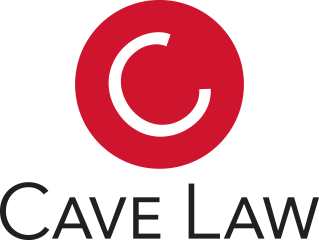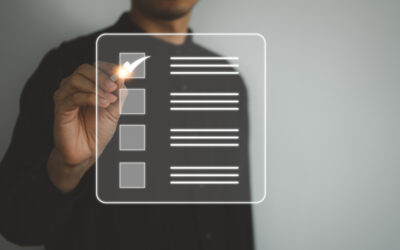A slip and fall accident, as the term implies, is an accident in which someone is injured due to slipping on or tripping over something. According to the National Floor Safety Institute, Falls account for over 8 million hospital emergency room visits, representing the leading cause of visits (21.3%).
Accidents can be caused by various things, including accumulated ice, wet floors, loose carpets, and broken flooring pieces. Sometimes these accidents are simply accidents in which no one is at fault. However, sometimes a property owner’s negligence causes slip and fall accidents. If this is the case, you may be able to sue for damages.
As the winter months approach, it’s important to understand the risks of slip and fall accidents and learn how they can be avoided. Continue reading to learn more about how to prevent this common injury.
What is premises liability?
Premises liability is the legal concept that applies to accidents caused by dangerous conditions on a property. The properties involved could be private property, businesses, or public spaces. The two rules that apply here are that the property owners need to take care of the property, and the person using the property needs to use it regularly.
The legal responsibility to keep a property in safe condition comes from the understanding that the property owner has control over the property while any visitors do not. Property owners are responsible for avoiding dangerous situations resulting from poor maintenance or excessive clutter. These can include broken tiles, hidden extension cords, and wet floors. According to the Consumer Product Safety Commission (CPSC), floors and flooring materials contribute directly to more than 2 million fall injuries each year.
The duty to keep a property safe is based on the expectation that visitors will use the space as intended. This means that someone injured by sliding down a handrail on stairs would not be able to sue for damages because that is not a standard, expected use of the property.
What does it mean to act reasonably?
Any negligence claim will primarily be based on whether the defendant or property owner, acted reasonably. A court will also look at whether the plaintiff or injured person acted reasonably to determine whether the plaintiff’s negligence contributed to the accident.
For a property owner to be found liable for an accident, the owner needs to have caused the dangerous conditions, known about the hazardous conditions, or overlooked the dangerous conditions because they were not taking reasonable steps to maintain the property. While there is no set formula for defining rational behavior, there are several things to consider in determining whether negligence caused your accident. For example, does the property owner perform regular maintenance? If you tripped over an object, was there a good reason for it to be there? Had the dangerous condition been in place long enough that the owner should have noticed it?
You can apply similar questions to your behavior. Were you distracted while walking? Did you have a good reason to be on the property? Were there any signs indicating that the hazard was present? Getting a realistic picture of your potential liability is an essential step in preparing your claim.
What laws are specific to Colorado?
Most state laws regarding personal injury claims are fairly similar, but there are two Colorado-specific rules you should be aware of if you’ve been injured and are looking to file a claim there.
Slip and Fall Statute of Limitations
The statute of limitations for civil cases establishes how long you have to file your claim after the accident takes place. In Colorado, the statute of limitations for personal injury cases, which includes slip and fall cases, is two years, starting from the date of the injury. The exception to this is if the slip and fall accident resulted in a death, in which case the two-year window starts on the day of the death.
Slip and Fall Comparative Negligence
Comparative negligence rules allow a jury to decide that the injured person was partially responsible for the accident and reduce compensation accordingly. You can still receive compensation if you are found to be partially responsible, as long as you were less negligent than the at-fault party. For example, if you were awarded $10,000 in damages and found to be 25% responsible, the damages would be reduced to $7500. If you were found to be 60% responsible, you would lose your case and be unable to receive any compensation.
How to Prevent a Slip and Fall Accident
Now that you know the risks of this common accident here are some ways to prevent this from happening:
- If you see anything that could cause a slip, trip, or fall tell someone right away and place a caution sign in front of the hazard sign immediately.
- Clean up any spills, water, wet spots, left over cleaning liquids etc. If the area has not fully dried the area should be roped off or hazard signs designating that the area is potentially dangerous.
- Ensure that walkways are free of cords, ropes, loose flooring and carpet, equipment, etc that could cause a potential tripping hazard.
- Make sure you are using handrails when walking up and down stairs and that you’re not exceeding the limits on ladders.
If you’ve been injured in a slip and fall accident in Colorado and want to understand your options for seeking compensation, contact Cave Law today.





